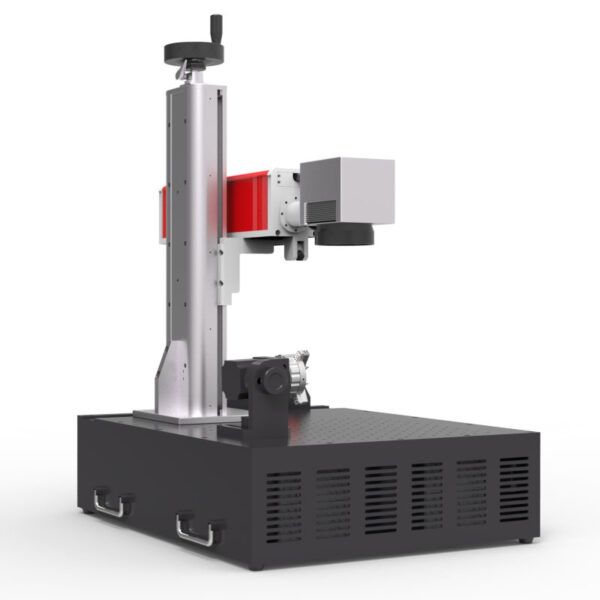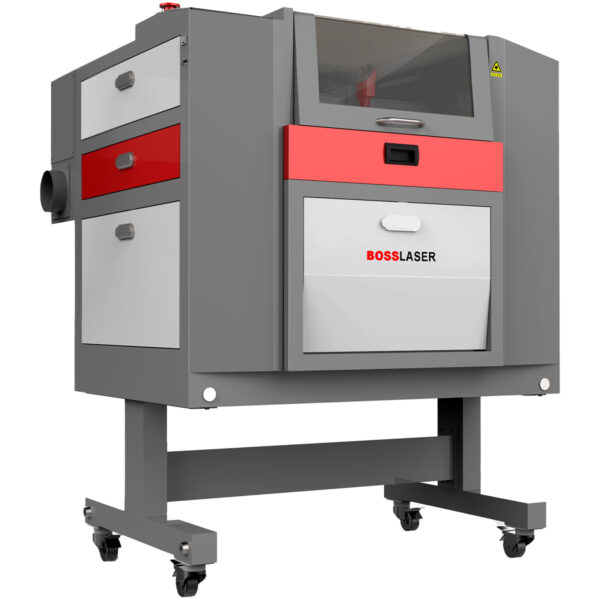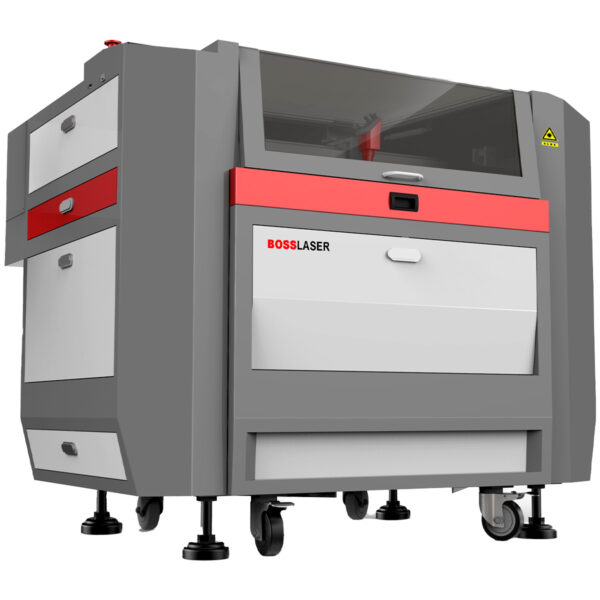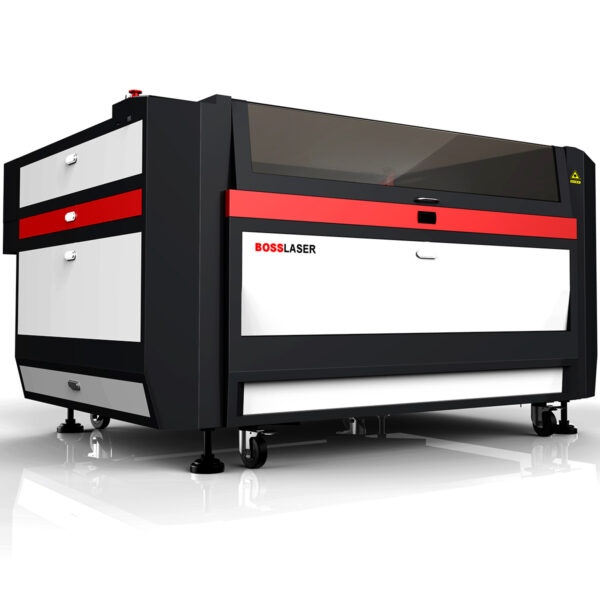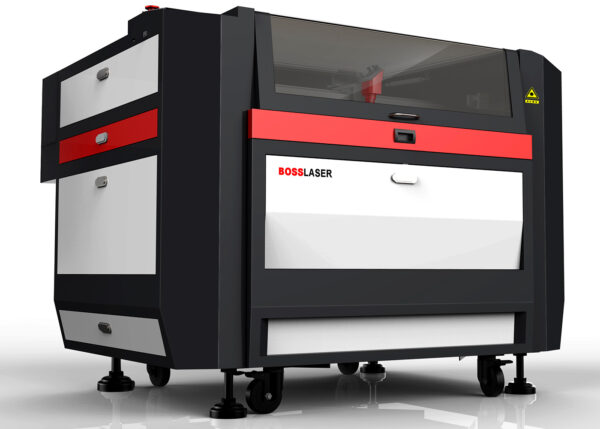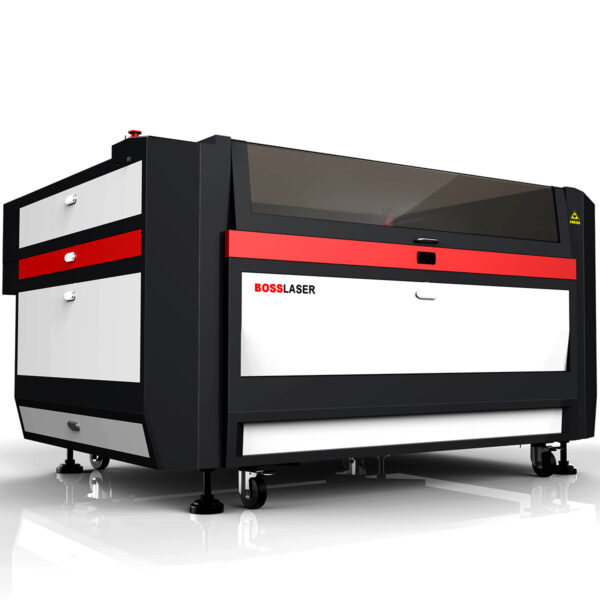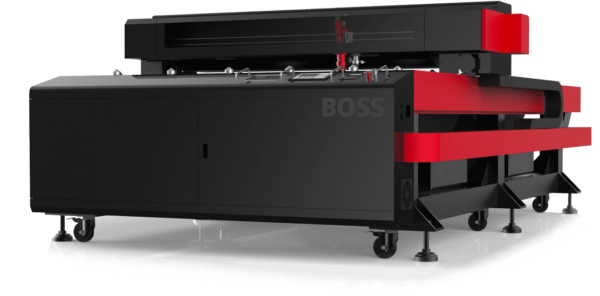
BOSS LASER APPLICATIONS
ACRYLIC & PLASTIC
Laser Cutting and Engraving
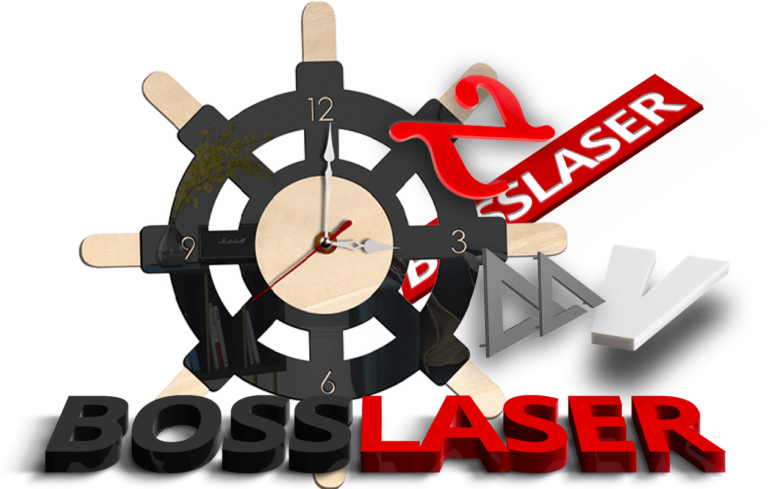
THE MOST POPULAR MATERIAL
One of the more popular materials for laser cutters and engravers is acrylic. It presents a beautiful, sophisticated appearance, all while being comparatively affordable. Don’t confuse it with plastic, however. Acrylic is used in applications that mandate a high gloss, colorful, or clear, scratch resistant surface. Lucite, Perspex, and Plexiglass are the more common trade names.
Due to its physical properties acrylic can be shaped, cut, and then utilized across a whole host of applications and processes. Unlike a CNC router a laser beam has an advantage in that it can make specific intricate and smooth cuts that a router tool can’t.
Brilliant pigment colors are often formulated into acrylic. So, laser cutting colored acrylic eliminates the need for painting which in turn decreases overall production costs. Also, laser marking or engraving clear acrylic (Plexiglass) that has been painted offers a unique effect.
WHAT TYPES OF ACRYLIC ARE THERE?
The two basic types of acrylic are Cast and Extruded. Each react differently to CO2 laser processing.
LASER ENGRAVING ACRYLIC
Laser processing cast acrylic produces a cool frosted or white effect with an overall good quality looking finish. Cast acrylic sheets are typically colored and used for low power laser engraving (typically without masking). Whereas engraving extruded acrylic will look matte grey. But, keep in mind Cast sheets have as much as a 30% thickness variance from one sheet to the next.
NOTE: Acrylic often comes with a protective paper mask that you will want to remove since it is NOT laserable and will outgas hazardous fumes.
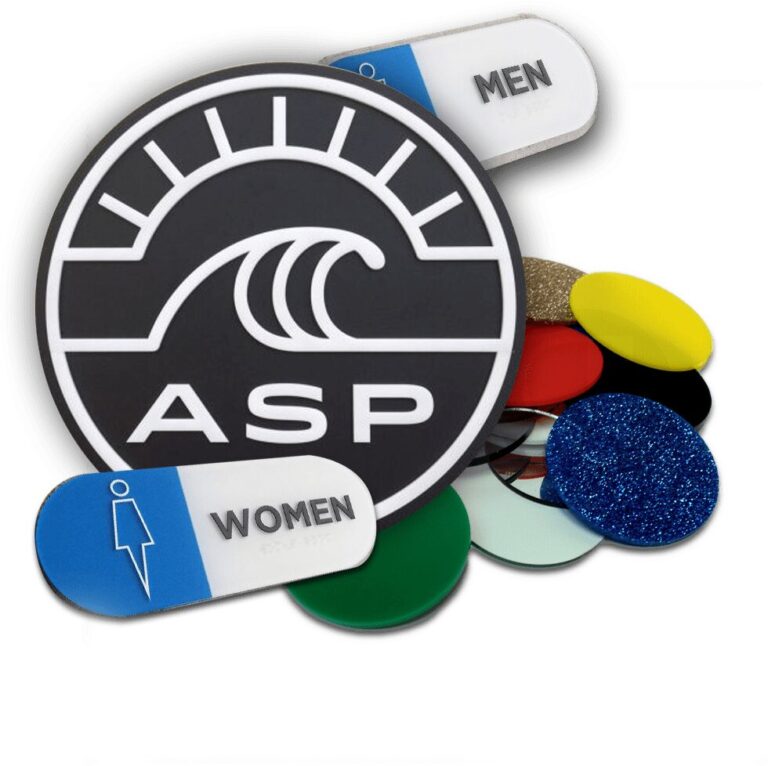
LASER CUTTING ACRYLIC
Although extruded acrylic has limited color selection (clear, opal and black) cutting extruded is much cleaner than cast. The laser vaporizes through extruded more easily leaving a smooth, almost glass-like, flame polished edge. Its also cheaper than cast. Cast is harder to flame polish and you’ll notice a slightly rougher edge. But, cast has that nice white contrast when engraved.
Keep in mind that laser cutting acrylic can produce flare ups so be sure to stay near the laser during processing. If you get a flare up during cutting (especially thick acrylic where more power is necessary) you can mask both sides of the acrylic cut area with transfer tape (paper mask) that has been slightly dampened. Alternatively applying liquid dish soap instead of tape can help prevent smoke and residue damage. When you’re done you simply rinse and repeat!
NOTE: Do not use vinyl masks since the laser will trigger a thermal process that will emit hydrochloric acid and toxic fumes.
Some of the more popular laserable acrylic applications include:
- illuminated (LED) or clear signs
- laser cut acrylic letters
- architectural model making with acrylic
- acrylic advertising (point of sale) displays
- photo etching or engraving on acrylic
- outdoor or indoor signage
- acrylic awards and trophies
- acrylic home decor pieces
Boss Laser’s cutting machines make it easy for anyone to set up and adjust the right print driver settings to control the laser frequency (ppi) for cutting acrylic. Once the acrylic sheet is properly masked and set up on a honeycomb table the result will be a finished acrylic cut leaving edges that appear as if they were flame polished without the need for post processing clean up.
You can also receive laser cut acrylic samples if you’re interested in seeing a Boss Laser finished design. Images are used as visual to show types of materials that a CO2 laser can engrave, etch, or cut. Images may or may not be actual materials processed by Boss Laser.

